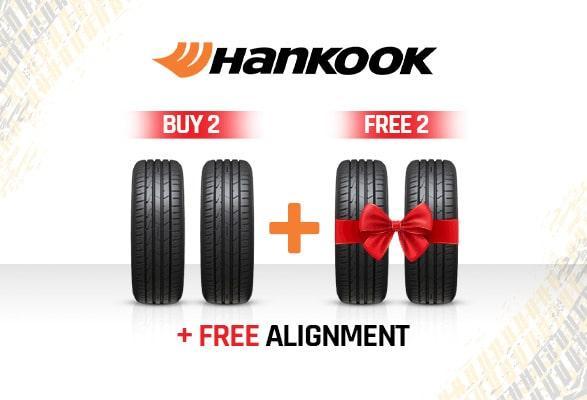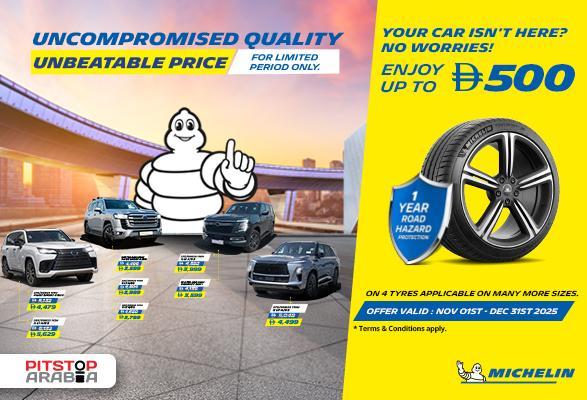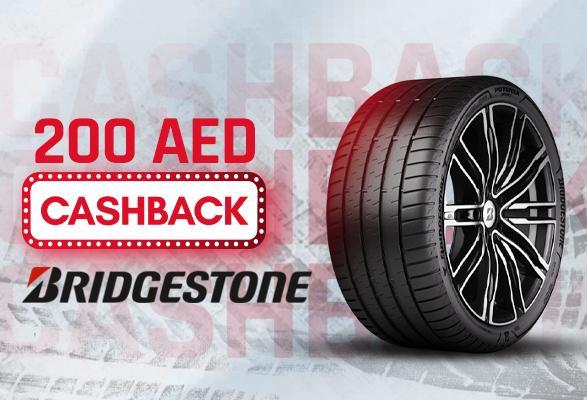Airless Tires: The Future of Mobility?
In a groundbreaking development that could revolutionize the automotive industry, airless tires are making significant strides toward becoming mainstream by 2024. The traditional pneumatic tire, which has remained relatively unchanged for over a century, may soon be replaced bya new breed of tires that eliminate the need for air. Multiple companies, including Michelin, Bridgestone, and Goodyear, are spearheading the race to bring these game-changing airless tires. However, uncertainties and challenges still lie ahead before these innovative tires can dominate the roads.
Pioneers in the Race
Michelin, in collaboration with General Motors, has made remarkable progress in developing the Unique Puncture-Proof Tire System (UPTIS), which they proudly claim to be the "first airless mobility solution for passenger vehicles." Their joint research agreement, announced in 2019, set a bold target of achieving mainstream adoption as early as 2024. While the ongoing pandemic, supply chain disruptions, and economic challenges may have impacted their timeline, Michelin remains at the forefront of the airless tire revolution.
Bridgestone, known for its tire expertise, has also ventured into the airless tire arena with its AirFree tires. They showcased their designs on scooters and light vehicles during the Tokyo Olympics in 2021. Bridgestone acknowledges its hurdles, such as preventing debris accumulation within the spokes and ensuring even weight distribution across the new designs. Nevertheless, their commitment to advancing airless tire technology showcases their dedication to transforming the future of mobility.
Goodyear, a prominent player in non-pneumatic tires, has already made significant strides in this field. From initial deployments on zero-turn mowers to testing on autonomous shuttles and cars, Goodyear has been proactive in embracing airless tire innovation. The company achieved an industry first with the development of an airless tire and wheel assembly to support autonomous vehicle transportation in a city setting, collaborating with the Jacksonville Transportation Authority. They further collaborated with specialty vehicle manufacturer Local Motors to test an Olli shuttle equipped with non-pneumatic tires, demonstrating their commitment to sustainable, maintenance-free, and longer-lasting options.
Progress and Challenges
While Michelin, Bridgestone, and Goodyear are leading the way, other tire manufacturers are also venturing into the airless tire domain. As early as 2013, Hankook showcased a concept of airless tires and presented their latest version, the airless i-Flex, in collaboration with Hyundai Motor Company. The race to bring airless tires to the masses is gaining momentum, but achieving approval from the U.S. Department of Transportation remains a significant hurdle. Realistically, the widespread use of airless tires on personal vehicles may still be a few years away.
The early adopters of non-pneumatic tires have been utility vehicles, including John Deere utility vehicles, Bad Boy Mowers, and Polaris all-terrain vehicles. Airless tires have proven their reliability in low-speed and repeatable travel scenarios, making them an ideal choice for shuttle bus systems on college or corporate campuses. The future of airless tires in urban transportation seems promising, given the advantages of reduced maintenance, elimination of flats, and improved fuel efficiency.
Performance and Safety Concerns
The transition from pneumatic to airless tires poses significant performance challenges. Air-filled tires have been optimized over time to provide ideal heat dispersion and cushioning effects while rolling. Airless tires must contend with heat build-up and effectively handle deformations and impacts to match the performance of traditional tires. Rolling resistance, an essential factor for fuel efficiency, also remains a crucial aspect to address for airless tires. Tire manufacturers are working tirelessly to ensure that these innovative tires deliver high load-carrying capacity, low stiffness, long endurance, good uniformity, low weight, low rolling resistance, low flat-spotting, excellent handling, precise assembly, and competitive cost. Meeting these requirements is a tall order, but tire companies are determined to overcome these challenges.
Safety is paramount when introducing any new technology to the automotive industry, and airless tires are no exception. As speeds and loads increase, it becomes imperative to ensure that airless tires are safe components. Government agencies are carefully evaluating the safety aspects of these potential breakthrough products. Chris Helsel, the chief technology officer at Goodyear, explains that the progression from low-speed, low-load applications to autonomous shuttles is a deliberate approach to ensuring safety. By starting with vehicles that operate at lower speeds, tire manufacturers can fine-tune the performance of airless tires before deploying them in higher-speed scenarios.
Although Goodyear has showcased non-pneumatic tire iterations on fast-driving cars like the BMW 3-Series and Tesla Model 3 in test videos, they anticipate that airless tires will not be road-ready until around 2030. This extended timeline emphasizes the complexity of developing airless tires that meet stringent safety and performance standards.
Preparing for the Future
As the tire industry evolves with the emergence of airless tires, tire shop owners and industry professionals need to stay updated on the latest developments and be prepared for the inevitable shift. While the practical and mainstream usage of airless tires is still a few years away, it is essential to maintain close relationships with primary suppliers. Understanding their progress and discussing the role of tire shops in the future will ensure a smooth transition when the real-world application of airless tires arrives.
Technology brings excitement and possibilities, and the transition to airless tires represents a significant leap forward in the mobility ecosystem. John Boyd Dunlop, the inventor of the practical pneumatic tire, believed in the power of innovation. Now, as airless tires pave the way for a more efficient and sustainable future, the tire industry must embrace this new chapter with enthusiasm and a commitment to providing the best solutions for vehicles of all kinds.

























































